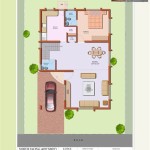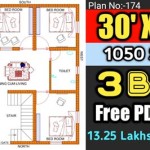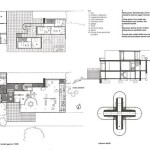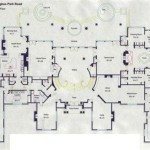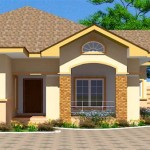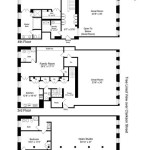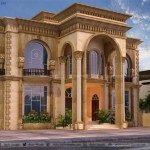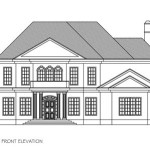Delve into the Essential Aspects of Underground Monolithic Dome Home Plans
The allure of underground monolithic dome homes has captivated many seeking sustainable and resilient living solutions. These subterranean structures offer numerous advantages, but understanding their unique aspects is crucial before embarking on a building project. This article delves into the essential elements of underground monolithic dome home plans to provide comprehensive insights.
Structural Integrity and Materials
Monopanel System: Underground monolithic dome homes utilize the patented Monopanel System, which comprises curved panels made from a blend of concrete, steel, and polystyrene insulation. The panels are reinforced with rebar and interconnected to form a resilient shell. This single-piece structure provides unmatched strength and longevity.
Shape and Design
Geodesic Sphere: Monolithic dome homes are typically shaped as geodesic spheres, a geometric form characterized by its interlocking triangles and hexagons. This design distributes forces evenly, enhancing stability and minimizing stress points. The curved surfaces also offer greater resistance to external pressures and weather conditions.
Insulation and Energy Efficiency
Insulated Envelopes: The Monopanel System's integrated insulation provides exceptional thermal performance. The polystyrene core acts as a barrier against heat loss and gain, reducing energy consumption and ensuring comfortable indoor temperatures year-round.
Natural Lighting
Light Tubes and Skylights: Underground monolithic dome homes often incorporate light tubes or skylights to introduce natural light into the living spaces. These features provide passive solar heating, reducing the need for artificial lighting and creating brighter, more inviting interiors.
Ventilation and Humidity Control
Air Circulation and Dehumidification: Proper ventilation is essential to maintain a healthy indoor environment. Underground monolithic dome homes utilize specialized systems to circulate air and control humidity levels, preventing mold and other moisture-related issues.
Accessibility
Exterior Entrances and Windows: Subterranean dome homes may have limited exterior windows, so it's crucial to plan for accessible entrances. These entrances can be designed as earth-covered tunnels or featured above ground for ease of access.
Sustainability and Resilience
Energy Savings and Reduced Carbon Footprint: Underground monolithic dome homes' energy efficiency and insulation contribute to reduced energy consumption and lower carbon emissions. Their durable design also makes them more resistant to extreme weather events and natural disasters.
Conclusion
Understanding the essential aspects of underground monolithic dome home plans is paramount for informed decision-making. These homes offer a unique blend of structural strength, insulation, natural lighting, and energy efficiency. While they require careful planning and specialized knowledge to construct, their resilience, sustainability, and unique design make them a compelling option for those seeking alternative and resilient living solutions.

Monolithic Dome Home Floor Plans Institute

Monolithic Dome Home Plans Ayanahouse Homes House Floor

Floor Plans Multi Level Dome Home Designs Monolithic Institute House

Monolithic Dome Homes Org

Round House Plans Dome Home Monolithic Homes

Monolithic Dome Home Floor Plans Institute

Monolithic Dome Homes House Tiny Floor Plans

Floor Plans 4 Bedrooms Monolithic Dome Institute Underground House How To Plan

Geodesic Dome Home Plans Aidomes

Three Bedroom Monolithic Dome Floor Plans Institute

